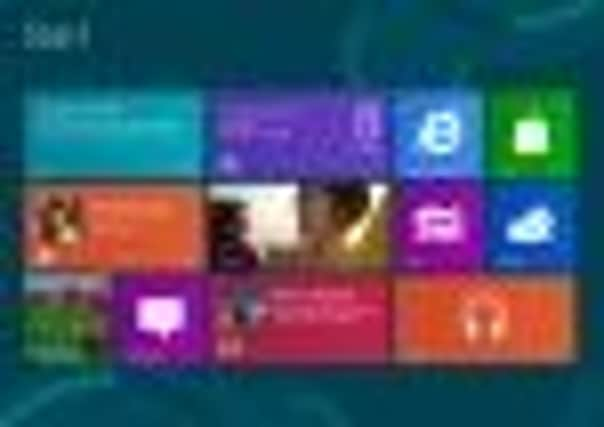Tech Talk: Welcome to the wonderful world of Windows 7½


That’s because it is two systems rolled into one: an iPad rival (Microsoft calls it Metro) that will work on tablet PCs as well as desktops, and a conventional one which looks almost the same as its predecessor.
The reason for the dual-mode arrangement is the changing nature of computers themselves. Some have touch screens, others use a mouse and keyboard. Some top-of-the-range laptops have both. Microsoft wants its new system to work on all of them, irrespective. That’s a mistake, if you ask me (which, obviously, they didn’t). If the success of the iPad has proved anything, it is that we don’t want our tablets to behave like computers. We’ve learned to live without traditional software like Word and Excel, and most of all we’ve discovered that we don’t need Windows.
Advertisement
Hide AdAdvertisement
Hide AdSo Microsoft faces an uphill battle in persuading us that there’s life in the old dog yet. Its most compelling proposition, the tablet-oriented Metro mode, is a must-have if you’re using a Windows-based tablet – but the problem is that hardly anyone is.
It’s possible that Metro might encourage more manufacturers to switch horses from Android to Windows, and in fairness to Microsoft, their new offering isn’t merely an iPad clone but a radically innovative piece of software in its own right. Its design is based on the little-used Windows Phone, and if you’ve had a go with any touch-screen device, you’ll be familiar with the idea: basically, you swipe from one area to another to get to different functions and apps.
But for general PC use, there is almost no point in upgrading from Windows 7. In some areas it actually does less. It won’t, for instance, play DVDs unless you pay extra for third-party software. Worst still, you will find yourself having to switch endlessly between Metro and standard modes with the risk of losing your settings every time.
But don’t let me put you off: you can download a free, limited-time trial version of Windows 8 today and play with it to your heart’s content, and if you buy a new PC between now and the official launch date, Microsoft will let you upgrade to the final version for £15. But the question today is whether Windows is really still part of computing’s future, or just its past?